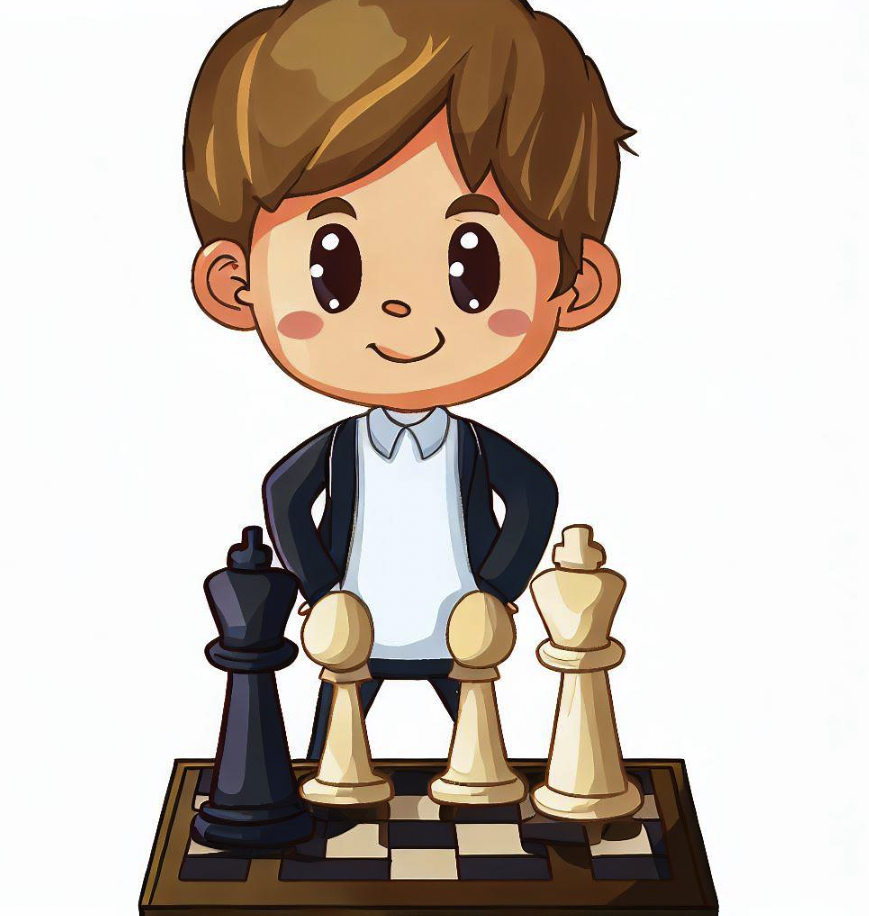Eurasian Chess is a hybrid board game that melds elements from European and Asian variations of Chess, with primary influences from FIDE Chess and Chinese Chess.
This game was initially imagined as a westernized adaptation of Chinese Chess or Yáng Qí, with an additional Queen.
However, the concept evolved into a more comprehensive blend of Eastern and Western chess traditions.
In addition to FIDE Chess and Chinese Chess, the game also integrates components from Grand Chess, a popular European variant.
It acknowledges the diversity of Asian Chess variants, not limiting itself to Chinese Chess, and retains elements from the ancient game of Chaturanga that are found in both FIDE Chess and other Asian Chess variants like Thai, Burmese, and Mongolian Chess.
These shared elements include the King, Horse, Pawn, and Chariot.
The Bishop, an entity separately invented by both Japanese and Europeans, also finds its place in Eurasian Chess.
The game further incorporates notable contributions from Europe and China, the Queen and the Cannon respectively.
The Vao, a fairy chess piece created by Englishman T. R. Dawson, which is based on both the Bishop and the Chinese Chess Cannon, is included as well.
The game’s board design includes a river, a feature borrowed from Chinese Chess.
This river limits the King’s movement to its own side, striking a balance between the King’s unrestricted movement in Chess and the nine-space constraint in Chinese Chess.
Additionally, the rule preventing Kings from facing each other across open lines is also adopted from Chinese Chess.
The game’s layout and some of its rules are based on Grand Chess by Dutch game inventor Christian Freeling.
Eurasian Chess was originally created in February 2003, and its pawn promotion rules were revised in February 2005 to align more with Grand Chess.
Game Setup
The game board of Eurasian Chess merges the checkered pattern common in Europe and the intersection-based board style found in Chinese Chess.
The pieces reflect the styles and colors prevalent in both Europe and China. They are disk-shaped as typically seen in Chinese Chess but bear Western piece imagery.
The pieces are colored black and white in line with European tradition, while the disks are blue and red following Chinese practice.
The game’s ASCII representation uses a row of “=” signs to depict the river.
Pieces
Eurasian Chess incorporates pieces with roots both in European and Asian chess traditions. Here are the pieces used in the game, their movements, and their origins:
- King: Like its counterparts in European Chess, Shogi, and other Asian variants, the King can move one space in any direction but cannot move into check. The King cannot cross the river, a feature borrowed from Chinese Chess. Kings cannot face each other across any open vertical or diagonal line.
- Queen: The Queen, which can move along orthogonal and diagonal lines, was independently invented in both Europe and Asia, but gained prominence only in Europe. Its inclusion in Eurasian Chess is a nod to Europe’s contribution to the game.
- Horse (Knight): The Horse, known as the Knight in Chess, is a relic from Chaturanga that found its way into both Eastern and Western chess variants. It can move in an L shape, jumping over any pieces in its path.
- Chariot (Rook): Another Chaturanga piece that migrated east and west, the Chariot, known as the Rook in Chess, can move along orthogonal lines.
- Sage (Bishop): The Sage, known as the Bishop in Chess, was independently created in both Europe and Asia. It can move
Summary of Eurasian Chess
Eurasian Chess is a unique variant that blends elements from both Western and Eastern forms of Chess, particularly FIDE Chess and Chinese Chess.
It also incorporates elements from other popular variants such as Grand Chess and regional Asian versions like Thai, Burmese, and Mongolian Chess.
The game was first conceived in February 2003 and later underwent modifications to the Pawn promotion rules in February 2005.
The game’s board combines features of the checkered board commonly used in Europe with a Chinese style board that places pieces on intersections between spaces. This blend is reflected in the pieces used, which are disc-shaped like Chinese Chess pieces but bear Western piece images.
They are colored black and white, typical of European pieces, but the disks are colored blue and red, reflecting the style of Chinese Chess.
Eurasian Chess retains several pieces from the original Chaturanga that were preserved in both FIDE Chess and regional Asian variants.
These include the King, Horse (Knight), Pawn, and Chariot (Rook). Other pieces in the game include the Queen, a contribution from Europe and China, the Cannon, a unique contribution from Asia, and the Vao (named Arrow in this variant), a piece of mixed heritage based on the Bishop and the Chinese Chess Cannon. Each piece carries its unique movement and capture rules.
The rules of Eurasian Chess are similar to standard Chess, with key differences including the absence of castling, the restriction of the King to its own side of the river (a feature borrowed from Chinese Chess), and specific Pawn promotion rules.
For instance, a Pawn may promote to any of the player’s captured pieces when moving to any of the last three ranks but doesn’t have to promote until it reaches the last rank.
In terms of piece values, the Queen and Chariot are considered major pieces, while the Cannon and Horse are the most valuable minor pieces.
The Sage (Bishop) and Arrow (Vao) are minor pieces of limited worth. However, the relative worth of pieces can vary based on the specific circumstances of the game.
If you have the Zillions of Games software installed, you can download the necessary file to play Eurasian Chess on your computer.
Alternatively, you can play it online using a web browser and an internet connection with the Game Courier service.


